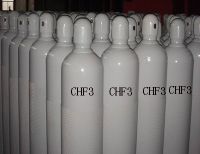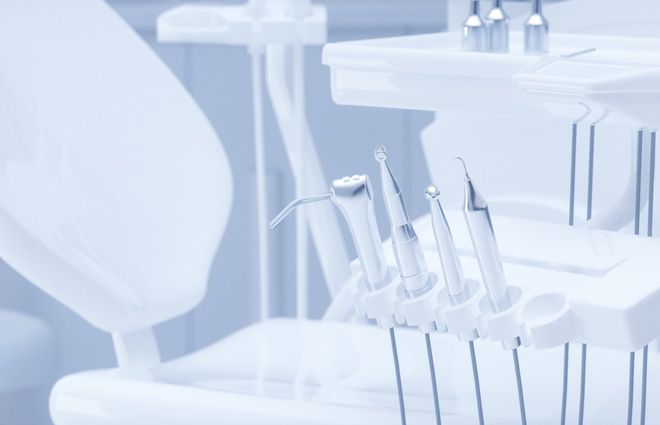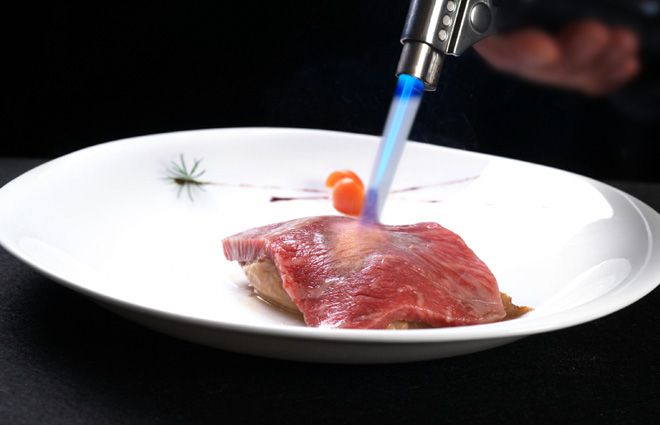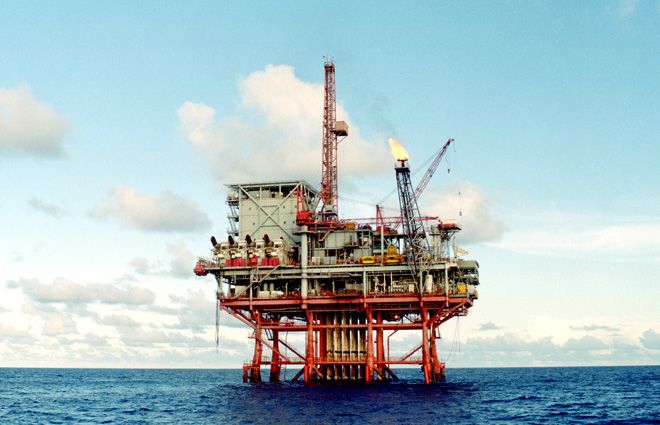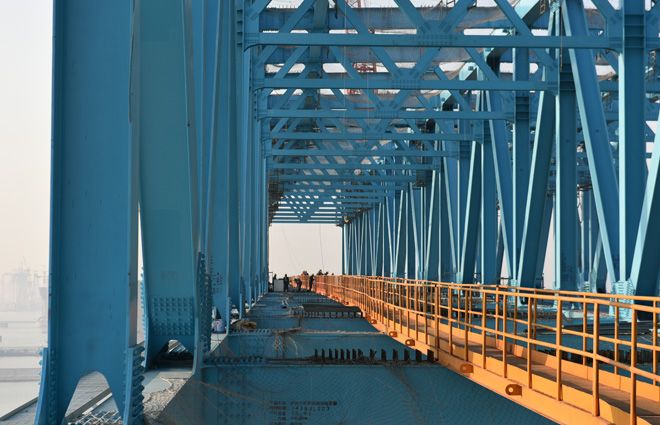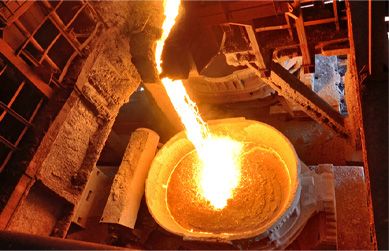Content introduction
1、 Product introduction
Phosphane is a colorless toxic gas with unpleasant garlic and fishy smell under normal temperature and pressure. It is flammable and explosive and can burn in the air
A small amount of P2H4 can also spontaneously ignite in room temperature air (pure PH3 will not ignite below 149 ℃). Phosphane will decompose above 375 ° C,
Decomposition into P and H 2, reaction: 2PH 3 → 2P 3H2 ↑. Phosphane is less alkaline than ammonia, but its reducibility is strong, which can reduce many oxidants,
This feature is the basis of detoxification by oxidation.
Chinese Name: Phosphane/Phosphine | Molecular formula: PH3 |
English Name:Phosphine | Relative molecular weight: 34 |
CAS No:7803-51-2 | Hazard class: Class 2.3 |
UN No:2199 | Solubility: slightly soluble in cold water |
melting point: -133.8℃ | Boiling point: - 87.7 ℃ |
critical temperature:51.6℃ | Liquid density (25 ℃): 0.491g/cm3 |
critical pressure:6.54MPa | Relative density (air=1): 1.18 |
2、 Application of Phosphane
It is used as condensation catalyst, polymerization initiator, preparation of phosphorus organic compounds, and insecticides for granaries. Phosphane is important in semiconductor device manufacturing
N-type doping source, and phosphane is also used for polycrystalline silicon chemical vapor precipitation, epitaxial materials, ion implantation process, MOCVD process, and phosphorosilicon glass (PSG)
Passive film preparation.
3、 Precautions
Store in a cool and ventilated warehouse. Keep away from kindling and heat source. The warehouse temperature should not exceed 50 ℃; It shall be stored separately from combustibles and oxidizers,
Avoid mixing storage. The storage area shall be equipped with leakage emergency treatment equipment. The operators must be specially trained and strictly abide by the operating procedures. Do not expose it to the sun, do not throw it again
Do not hit, do not bake cylinders with open fire, and do not load or unload them savagely. There is a cylinder inspection time on the bottle neck of the cylinder, and the unqualified cylinder shall be entrusted to Philips Special
The gas suppliers shall go to a qualified pressure vessel inspection unit for inspection. It is strictly prohibited to use expired cylinders.
4、 Leakage emergency treatment
Evacuate the personnel in the contaminated area quickly, isolate them for 450m and strictly control their access. Cut off the ignition source. It is suggested that the emergency handling personnel should wear self-sufficiency
Positive pressure respirator, wear protective clothing. Cut off the source of leakage as much as possible. Provide reasonable ventilation to accelerate diffusion. Dilute and dissolve with spray water. Build a dike or dig a pit to receive
A large amount of wastewater is produced. If possible, use an exhaust fan to send the leaked gas to an open place or install an appropriate nozzle to burn it. Leaking containers shall be properly treated, repaired
Reuse after inspection.
5、 First aid measures
Inhalation: quickly leave the site to a place with fresh air. Keep the respiratory tract unobstructed. If breathing is difficult, give oxygen. If breathing stops, perform artificial respiration immediately
Suck. Get medical attention.
Fire fighting method: firefighters must wear filter type gas masks (* * * masks) or isolated respirators, wear full body fire and gas protective clothing, and extinguish the fire at the windward place.
Cut off the air supply. If the gas source cannot be cut off immediately, it is not allowed to extinguish the burning gas. Spray water to cool the container, and move the container from the fire site to an open place if possible.
Extinguishing agent: mist water, foam, dry powder, carbon dioxide.








